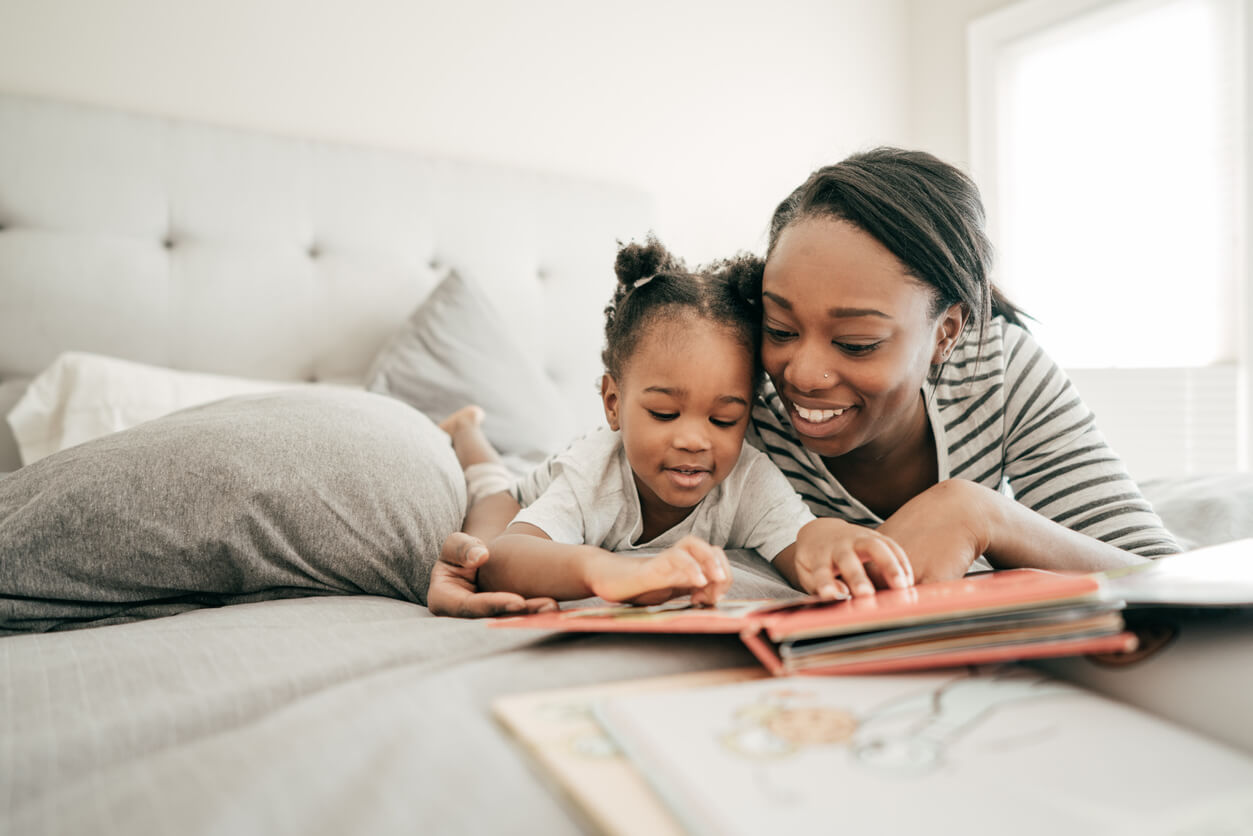What will the holidays be like for you this year? How will they be the same and how will they be different? Children may not fully understand the disruption of routines, social rules surrounding interactions with extended family, religious services and gift giving. Linda Hodgdon, speech language pathologist and author of Visual Strategies for Improving Communication and Teach Me with PIctures , challenges us to break down holiday expectations and not to make assumptions about what our child understands. Parents and teachers should try to anticipate what information we need to give our child, then put it in a format that is easy to understand. This year will be different, and with a few steps, you can clearly convey expectations for the holidays.
I will use the example of opening presents, as I hope this will be a relative constant in your lives this season.
Begin with the “no-assumptions approach” so that you can break down expectations. Does your child know how to tell which presents are his/hers and which ones are not? Do they know the routine for opening presents? Are they expected to watch other people open presents? Do they know how to respond to a gift that they like and one that they don’t like that much? This approach becomes even more important when you plan on doing something completely different this year. Will you be opening presents on Face Time or Zoom? Once you have answered these questions for yourself, it will be easier to brainstorm ways to make your holiday expectations more visual and concrete for your child.
Does your child know how to tell which presents are theirs and which ones are not?
I’ve talked with some parents that say that it is very difficult for them to help their child understand that not all the presents are theirs. Here are some ideas about making the process more visual. If you have a camera and a printer, you can print out pictures of each person and paste their picture to their wrapped gifts (instead of or in addition to name tags). If you are going to a friend or family member’s home, you can bring these picture labels and attach them when you get there. This way, it can help you explain that the ones with her picture on it are her presents, the ones with her brother’s picture are his presents, and so on. Another idea: try color coding gifts; Mom gets purple, Dad gets blue, brother gets Thomas the Train patterned gifts, etc. (I’ve only successfully done this when my friend wraps presents for me). Other people have used “Santa bags” in which everyone has their own presents in a large bag stenciled with Do Not Open Until Christmas on it. These strategies might work with a verbal explanation, but success is more likely if it is paired with a short social story explaining the system.
Do they know the routine for opening presents? Are they expected to watch other people open presents?
Click here for an example of a Christmas social story for opening presents.
This social story gives specific examples of the sequence of opening presents and what is expected of each member of the family. This example does not provide pictures, but I recommend that if your routine will be similar that you use photos of past holidays or find picture examples online.
Do they know how to respond to a gift that they like and even don’t like that much?
Another strategy is to practice opening presents. Wrap ordinary house stuff or things that already belong to your child. Have him unwrap his present, and then you can coach him on what he’s supposed to say, such as: “Thank you, Mom,” “Thank you for the book, socks, pony, robot, etc.” For an older child, you can challenge them to say something nice about it like “I like the color red.” Then have someone else open their pretend present and so on. A couple of practice sessions can help familiarize your child with this once-yearly event. Check out our latest “Tips from Tamara” video blog series about opening presents.
Finally, remember: a child may truly understand the expectations when you are reading a social story or practicing opening presents; however, when it comes down to the real thing, your child may have difficulty acting as practiced. This could be due to emotions, sensory overload or social pressures. You may also run into a situation in which the plan changes unexpectedly, such as a sick family member. Try to make a plan on how to handle the unexpected. If watching everyone open their presents is too much for your child, you can call it a win if they stick around for one round of opening presents and then let them go play with their new present or take a break. This year will most likely be different, but you can have a great holiday by breaking down expectations for your child, letting go of assumptions, and making a plan on how to handle the unexpected.
Tamara Pogin, M.A., CCC-SLP
Speech/Language Pathologist







